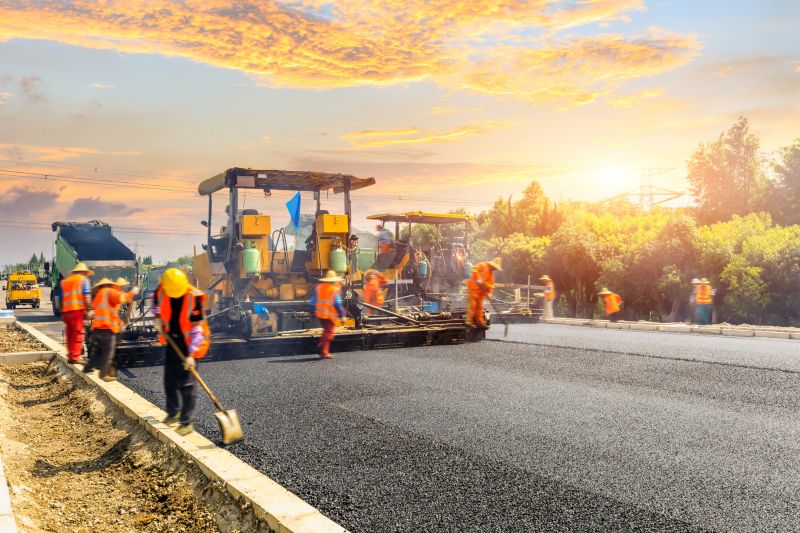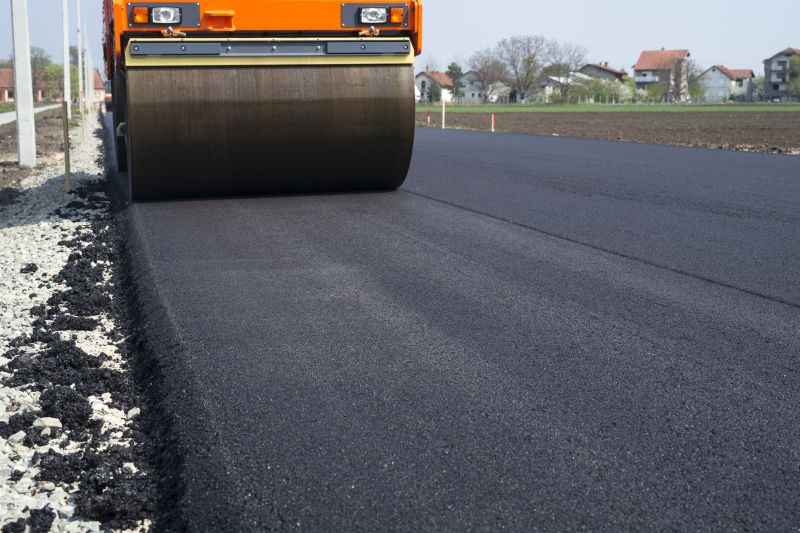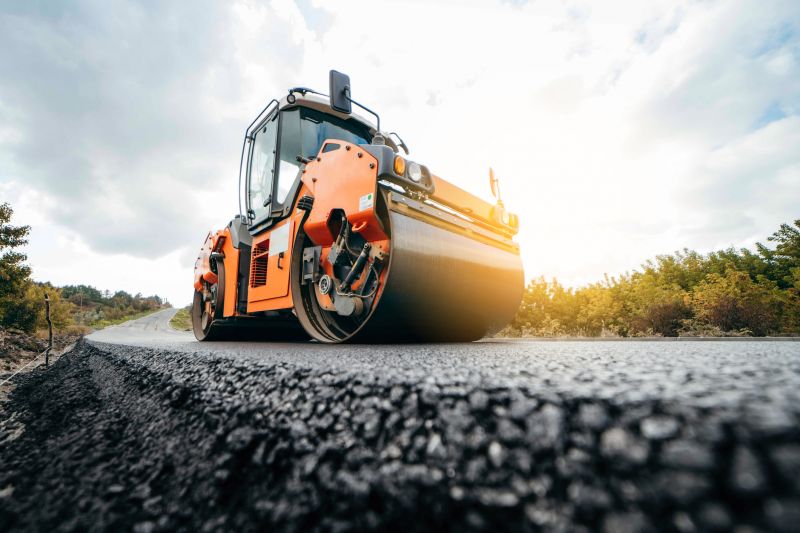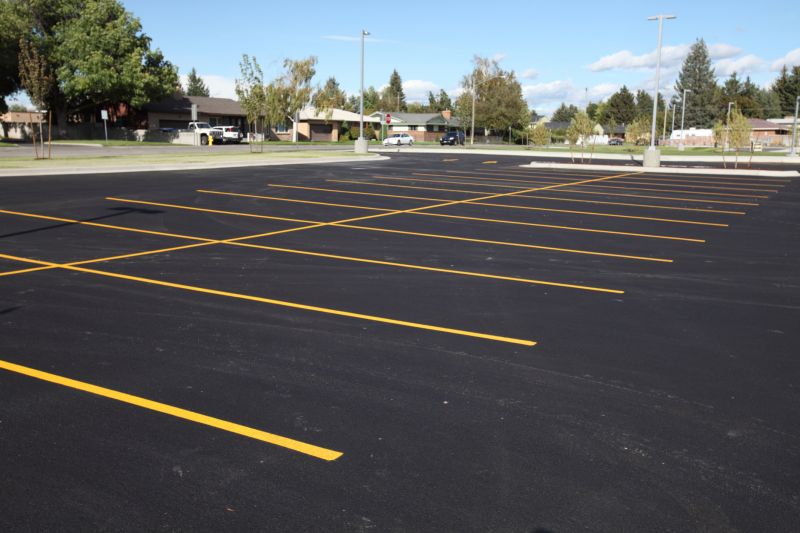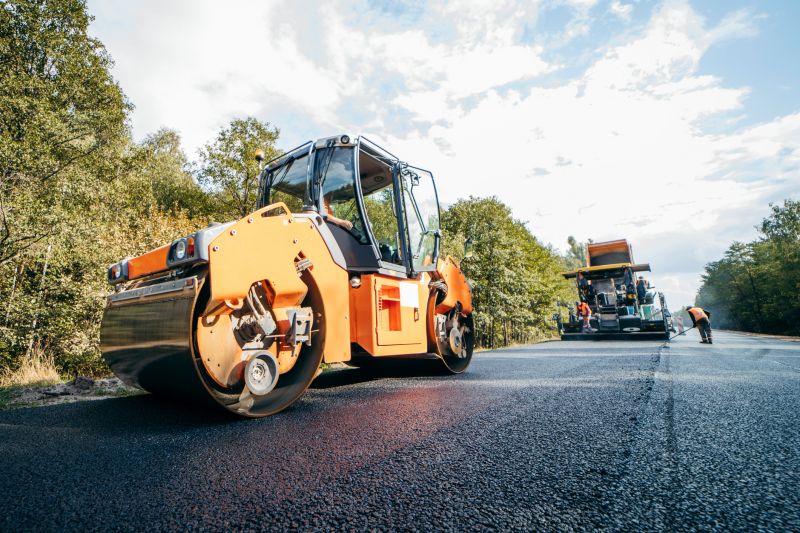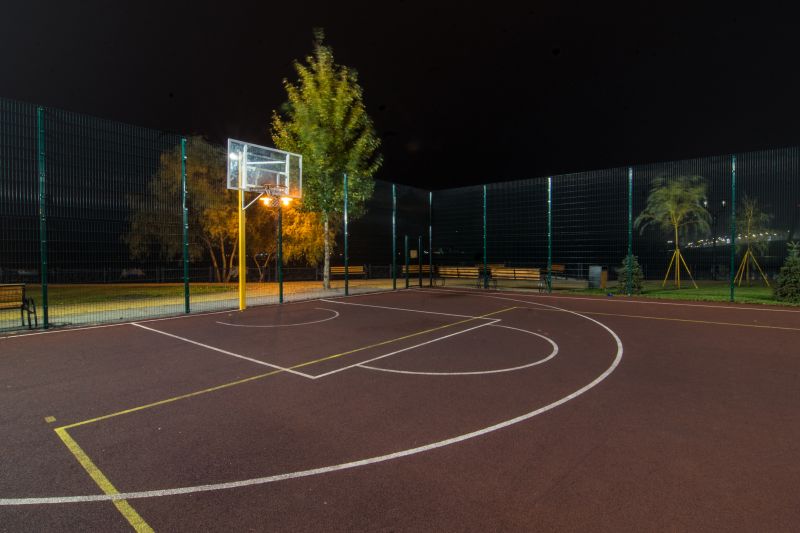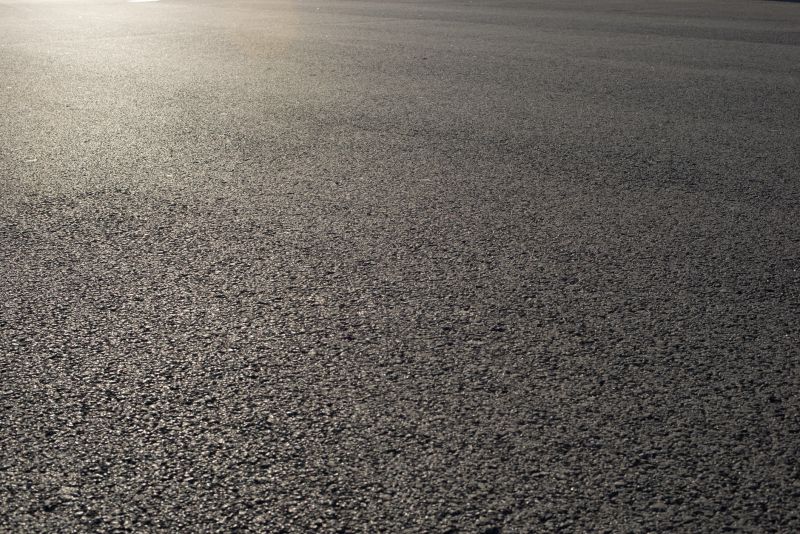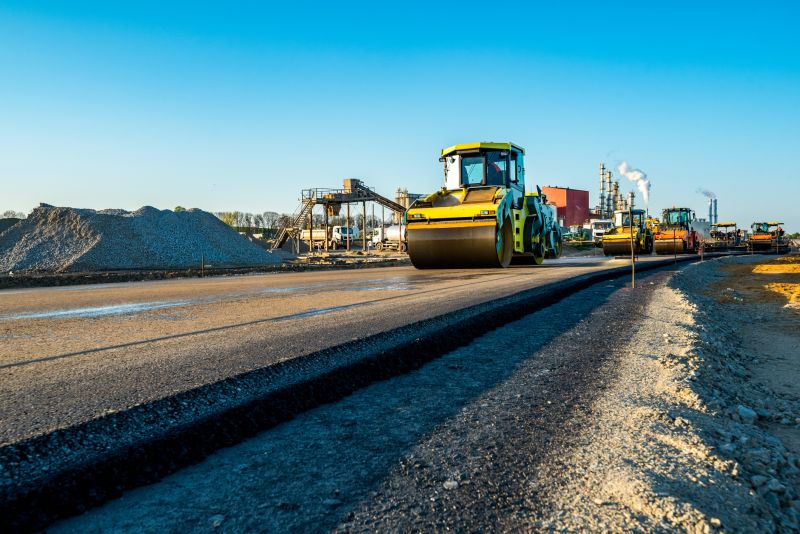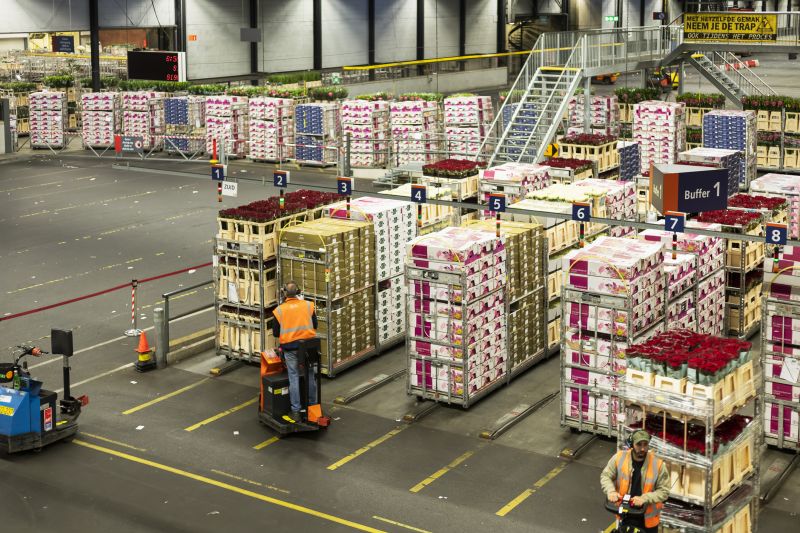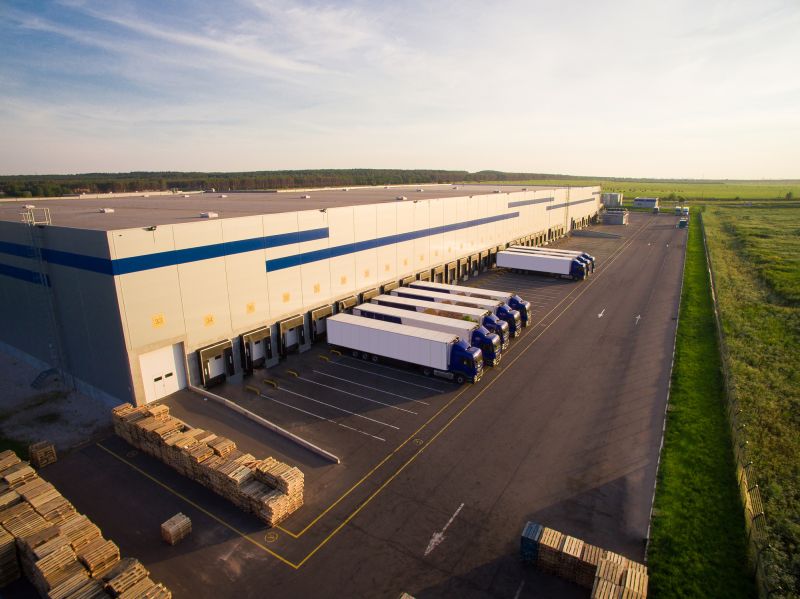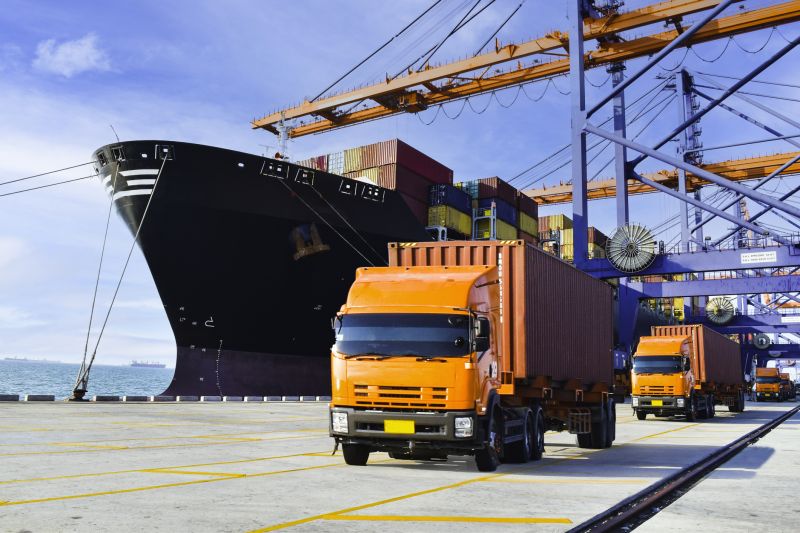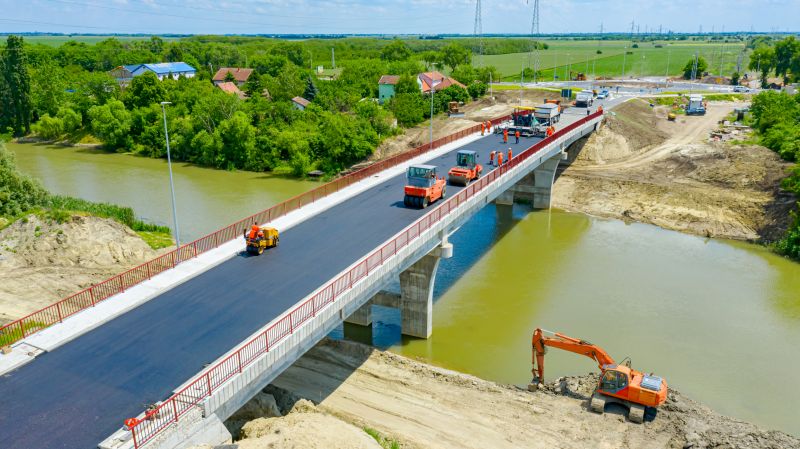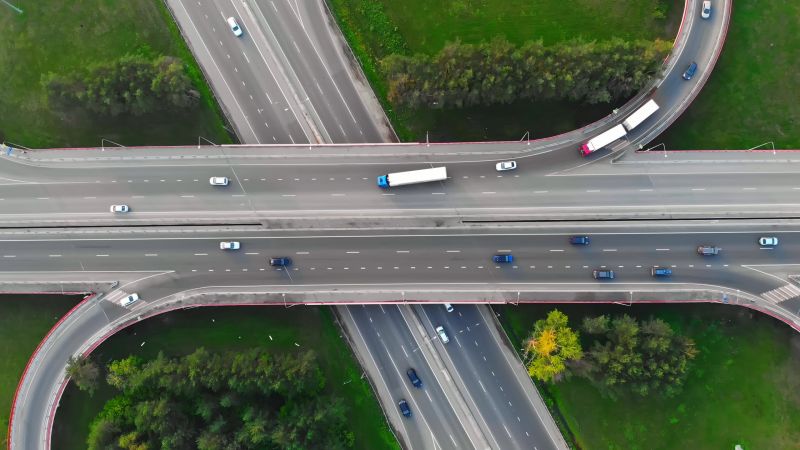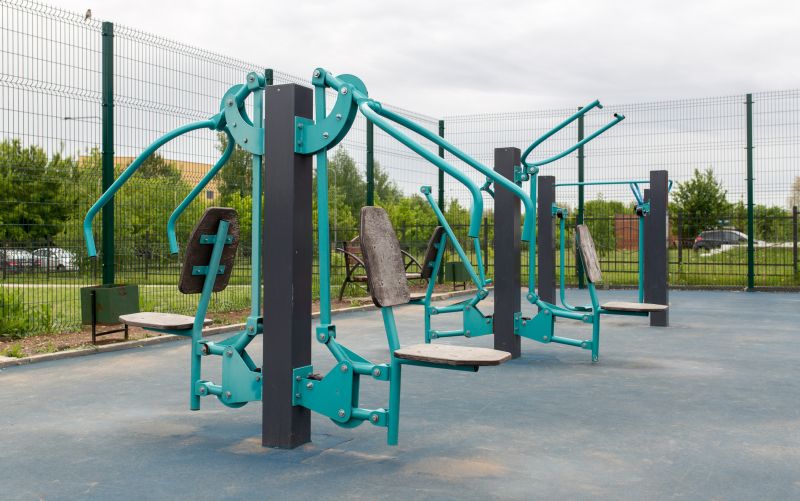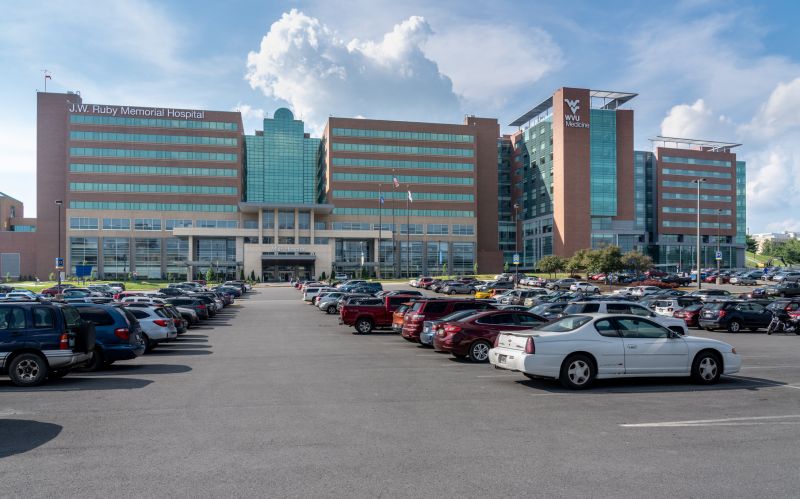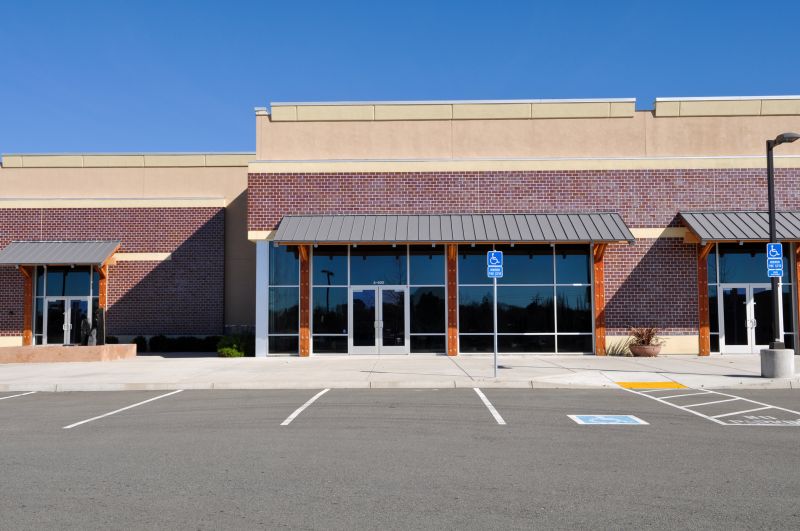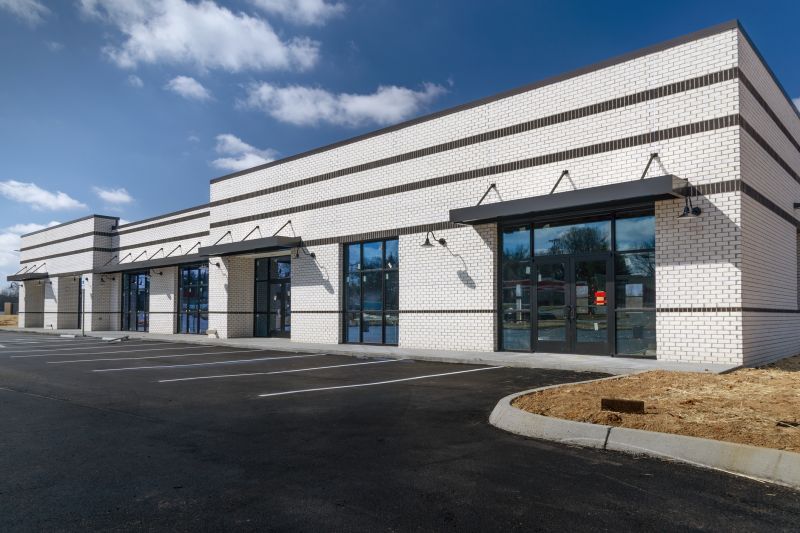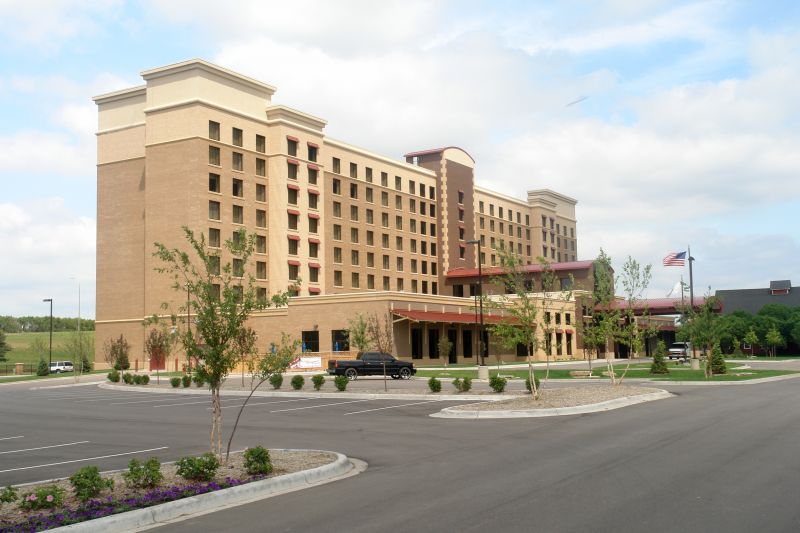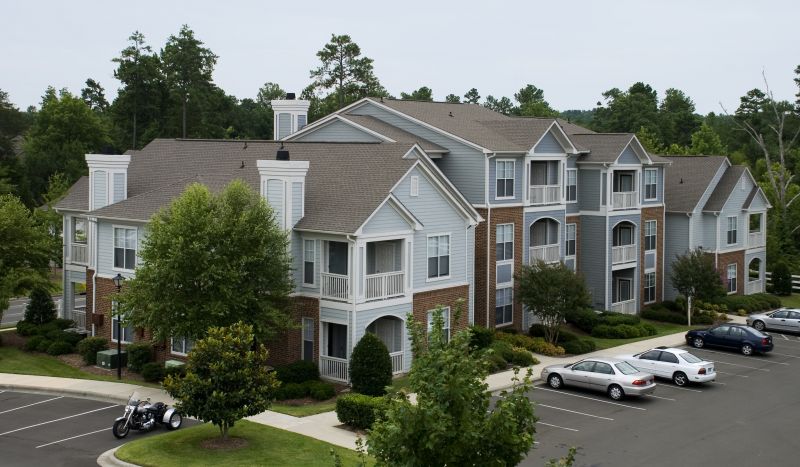Airport Runway Paving
Get help with your airport runway paving needs. Fill out the form above and we will connect you with local pros in your area. Airport runway paving is a crucial investment for airports looking to ensure smooth and safe operations. With the constant heavy traffic and extreme weather conditions that airport runways endure, it is essential to maintain a high-quality paving surface. Airport runway paving offers a durable and long-lasting solution that enhances the overall performance and safety of the runway. By utilizing advanced materials and techniques, airport runway paving provides superior resistance to wear and tear, minimizing the risk of cracks, potholes, and other damages. This specialized paving solution also improves the runway's traction, reducing the chances of skidding or hydroplaning during takeoffs and landings. Moreover, airport runway paving enhances the visibility and navigational capabilities, facilitating efficient aircraft movements and ensuring the utmost safety for both passengers and crew.
Airport runway paving refers to the process of constructing or resurfacing the designated area where aircraft take off and land at airports. It involves the careful planning, preparation, and execution of paving techniques to ensure a smooth and durable surface that can withstand the heavy loads and constant traffic associated with airplanes. The goal of airport runway paving is to create a safe and reliable runway that meets all necessary regulations and standards. This specialized service requires expertise in asphalt or concrete paving, as well as knowledge of airport construction guidelines. Professionals in this field utilize industry-leading equipment and employ advanced techniques to deliver high-quality results that enhance the efficiency and safety of airport operations.
Airport runway paving refers to the process of constructing or resurfacing the designated area where aircraft take off and land at airports. It involves the careful planning, preparation, and execution of paving techniques to ensure a smooth and durable surface that can withstand the heavy loads and constant traffic associated with airplanes. The goal of airport runway paving is to create a safe and reliable runway that meets all necessary regulations and standards. This specialized service requires expertise in asphalt or concrete paving, as well as knowledge of airport construction guidelines. Professionals in this field utilize industry-leading equipment and employ advanced techniques to deliver high-quality results that enhance the efficiency and safety of airport operations.

